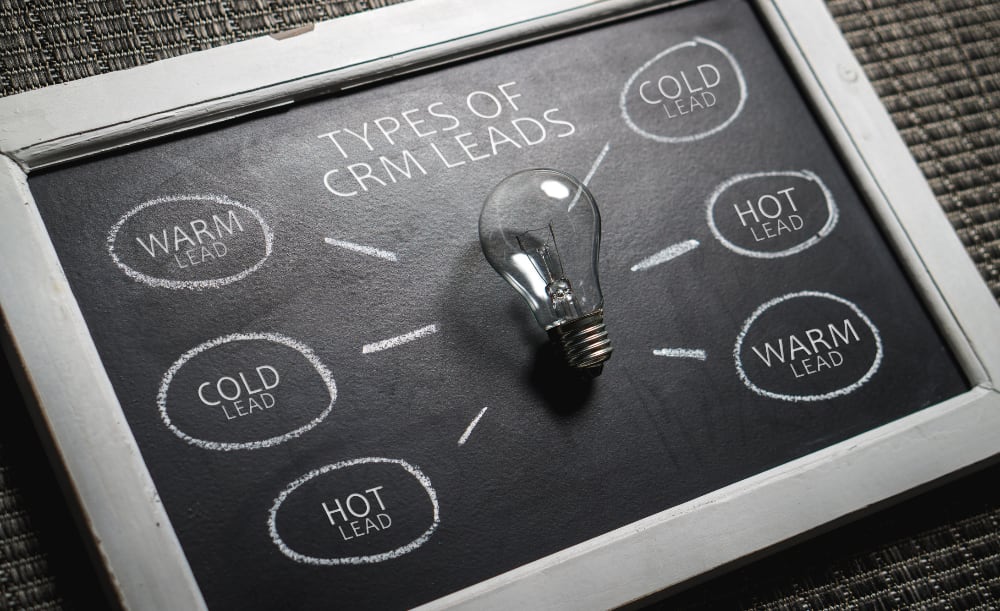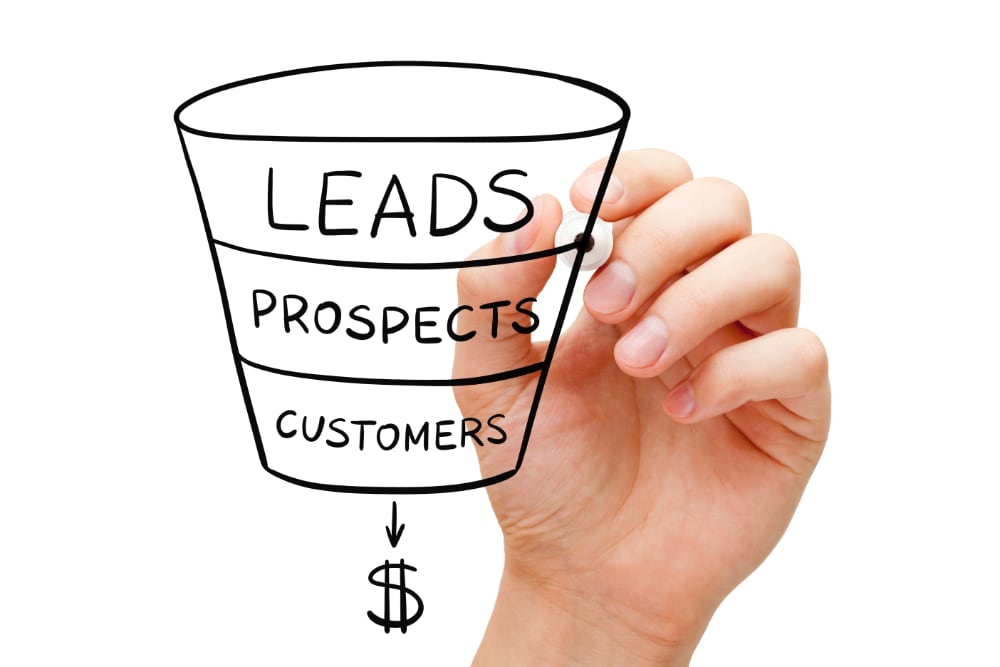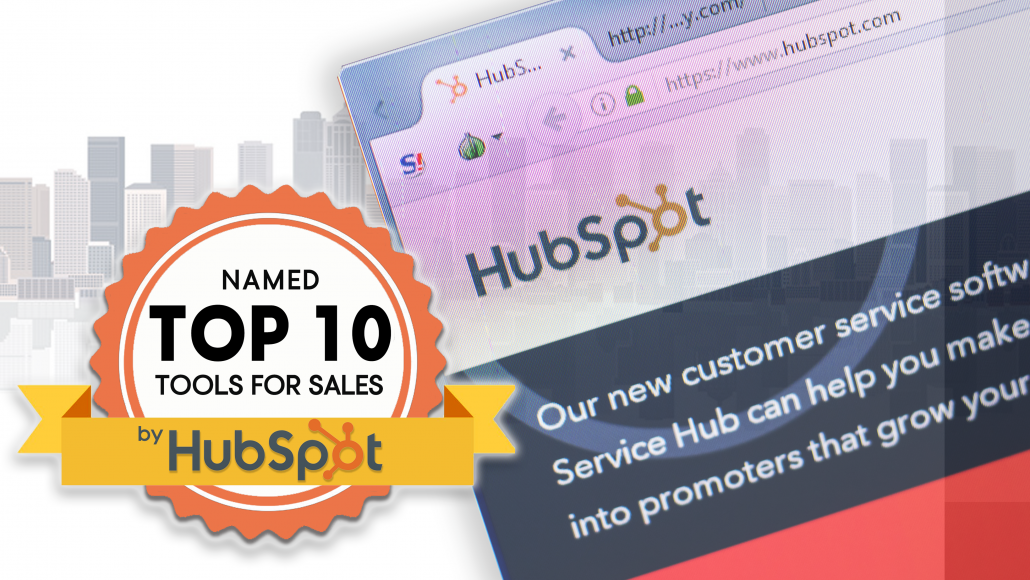4 Key Stages of Lead Generation
Leads are the potential customers that each business wants to start a relationship with. From online to offline campaigns, lead generation campaigns find prospective customers, segment them, and then nurture them into a purchase.
So, how does a customer become a stranger into an advocate for your brand? There are four keys stages that they have to go through:
Attract
Customers don’t just show up in your store. They need to know who you are and how you can help them with their problems. The first step is building the right channels that represent your products and services. It should show information that any customer will need at every stage of the buyer’s journey.
The next challenge is to make sure that the right people know about you. Using a mix of online and offline campaigns, marketing teams start the process of separating strangers from potential customers. One of the main goals is to build trust with your brand through engaging and relevant content. Customers who take the time to view your channels want to know more before making any commitments.
Convert
Once companies have their potential customer’s attention, it’s time to engage them. To continue the relationship after you first meet, companies need to get their contact details. In this lead generation stage, a call-to-action asks for their personal information in exchange for access to a benefit such as freebies, special promo prices, or exclusive sales.
Often going from the conversion to the closing stage is not instantaneous, and many customers need time before they move into the next level of their buyer’s journey. This time should is filled with educating the customers on just what the products and services are, but how they are relevant to their individual needs.
Close
Once a customer believes that you might be the right answer to their problems and give you their personal information, then companies have now captured them as leads. Unfortunately, not all leads are the same. Some leads are better than others, but great leads are nothing without proper relationship management.
A great CRM system will tell you exactly which leads to prioritize and where they are in their journey. CRM systems help companies keep track of their movement along the sales pipeline.
Delight
Once a lead has converted into a sale, the relationship is far from over. Companies that pay attention to their customer’s after-sales journey make them more likely to be repeat customers.
Simple actions such as engaging them again through smart content, asking them for feedback on how to improve your offers, or even cross-selling other products can improve the customer’s over-all lifecycle value.
Leads don’t just happen; they come into fruition through the various joint efforts of marketing and sales. They’re also continuously moving across the sales pipeline and always on the lookout for better offers.
Luckily, companies don’t have to worry about the lead generation process by themselves. Sales performance management can be improved partnered with companies like Hey DAN that does CRM Data Entry with their voice to crm solution. Your sales team may now focus more on nurturing their leads, and closing sales.



 Quality is Key
Quality is Key